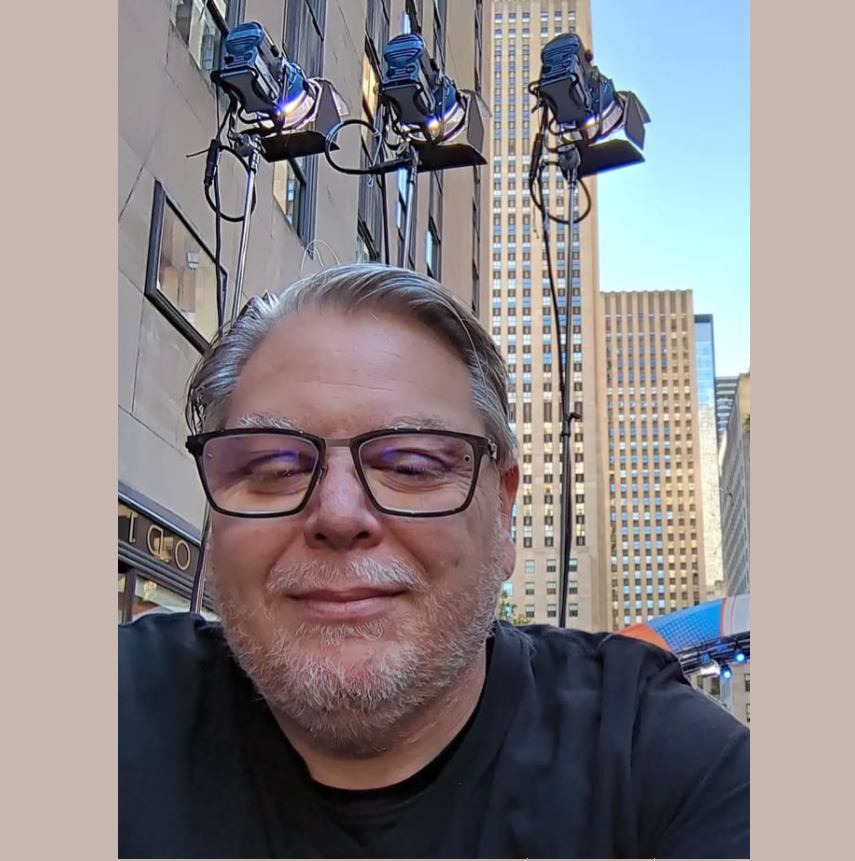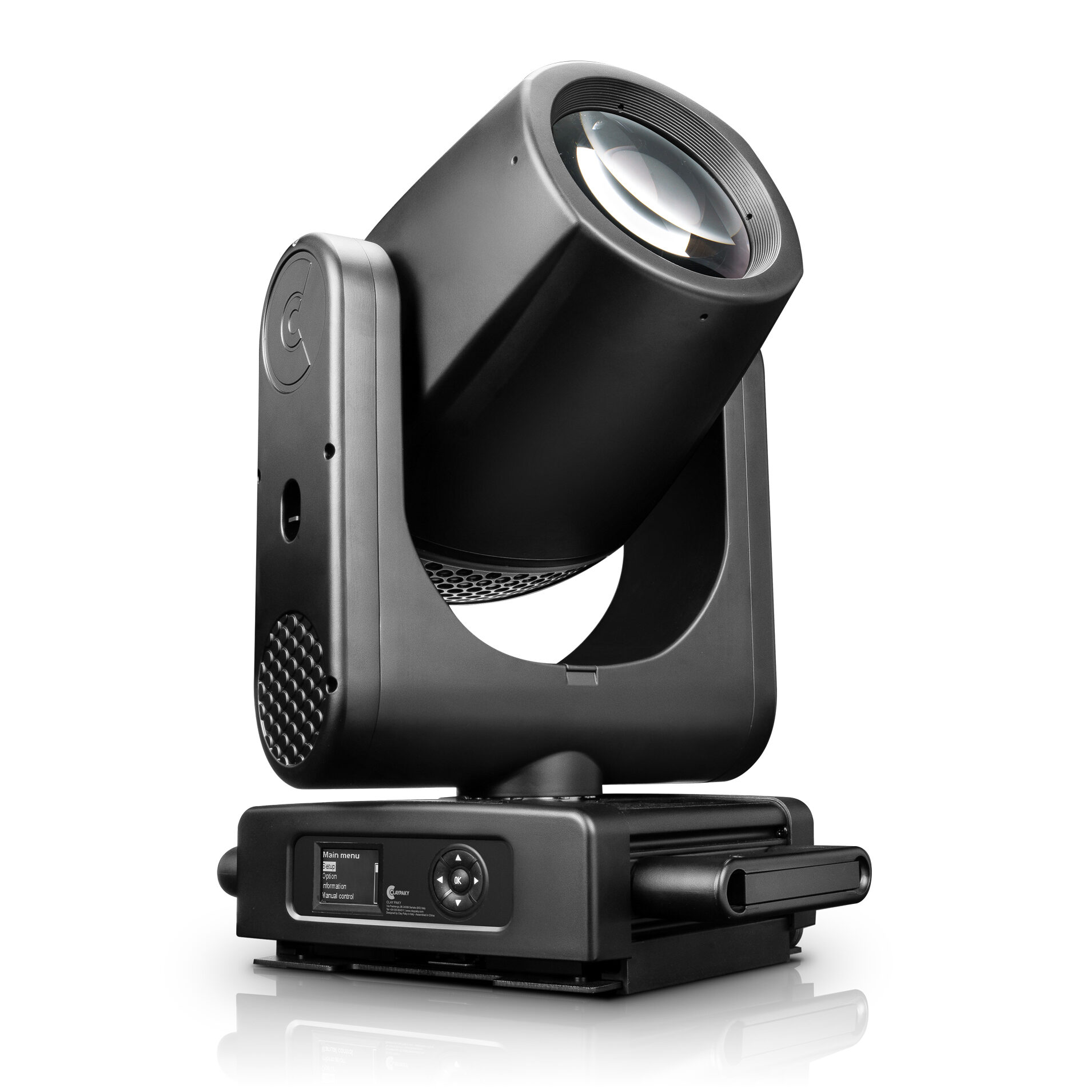LOUISVILLE, KY – For a lighting upgrade in 2009, the Kentucky Center for the Performing Arts (KC) chose a package of controls, dimming gear and fixtures from ETC.
KC's multiple venues stage more than 700 shows per year, from ballet to Broadway, opera and symphonic performances. Venues include Robert S. Whitney Hall (2,406 seats), Moritz von Bomhard Theater (619 seats) and the Boyd Martin Experimental Theater, also called the Mex (139 seats).
Robert S. Whitney Hall has been equipped with hundreds of ETC Source Four conventional fixtures, a dozen moving lights and numerous LEDs and scrollers. An Eos for programming is located in the control room, while an ETC Ion board is used on stage during show setup and light hang. A Net3 RVI (Remote Video Interface) at the tech table in the Whitney provides local programming functions to KC staff, and a Net3 RFR (Radio Focus Remote) gives them the ability to control lights from anywhere in the venue. Cues from those devices and consoles are then uploaded to an Eos RPU (Remote Processor Unit) housed in the dimmer vault, which runs the show during performances.

Terry Schwartz, KC lighting designer and master electrician, designated Eos' first and second universes of control for stage lighting, the third universe for house lighting, the fourth (and up) for moving lights and other DMX fixtures.
"There's so much I like about Eos," he said. "I like the ease of functions and programming, the extra amenities. I love the query key, the way the effects work and the direct selects on the palettes. I use the submasters all the time and the data key makes finding DMX addresses easy. This is a full-rounded board."
Eos' color picker tool also gets put to work in the Whitney. It proved an asset when KC staged The Nutcracker last year. Schwartz created an LED backdrop using ETC's Selador Vivid fixtures and used the color picker to bring up the exact hues he wanted on stage.
In the Bomhard Theater, an Ion system controls a rig of Source Four conventional fixtures, plus LEDs and other media when a show calls for them. The two Ion control consoles are used for programming: one with touchscreens in the control room and one located at the tech table. The lighting staff focuses with an RFR and then runs shows live on the main Ion.
The Mex has been equipped with an Element board, geared toward modest rigs and smaller productions. Local theater groups, high schools and non-profit organizations use the Element as an easy way to control the lighting for smaller-scale shows staged at the Mex.
An ETC Advanced Features Sensor+ dimming system with DimStat software is networked throughout KC's theaters. "The dimmers interact easily with the control systems," said Schwartz. "You can read all the specs like voltage, type of dimmer, ambient-air temperature, and you can modify dimmer properties on Eos and Ion." Schwartz also ran Cat-5 cable to his office so he can monitor the dimmers from there. "If part of my crew is on stage, I'll see it instantaneously."
KC also has an ETC Unison Paradigm architectural control system, with button stations, fader stations and touchscreens in its theaters and lobbies. In the Whitney, Paradigm is a stand-alone system used to control house and work lighting, and it is networked with the Eos console. For house lighting, Schwartz takes a cue out of Eos and creates a submaster for the Paradigm system, so he has a backup to keep the lights on, should an error occur during a show.
For other lighting commands, the staff creates files with Paradigm LightDesigner software and then uploads them to the system. If the balcony doesn't sell out during a show, Paradigm easily lowers or turns off those lights, saving energy. Schwartz programmed a macro that enables the front-of-house staff to simply press a button that will flash the lights to indicate a show is about to start. And the button stations are also a handy way for KC's custodians to turn lights on and off while they work in certain areas of the building.
"I've been in the lighting industry for more than 25 years. I've been waiting for a system like this," Schwartz said.
For more information, please visit www.etcconnect.com



